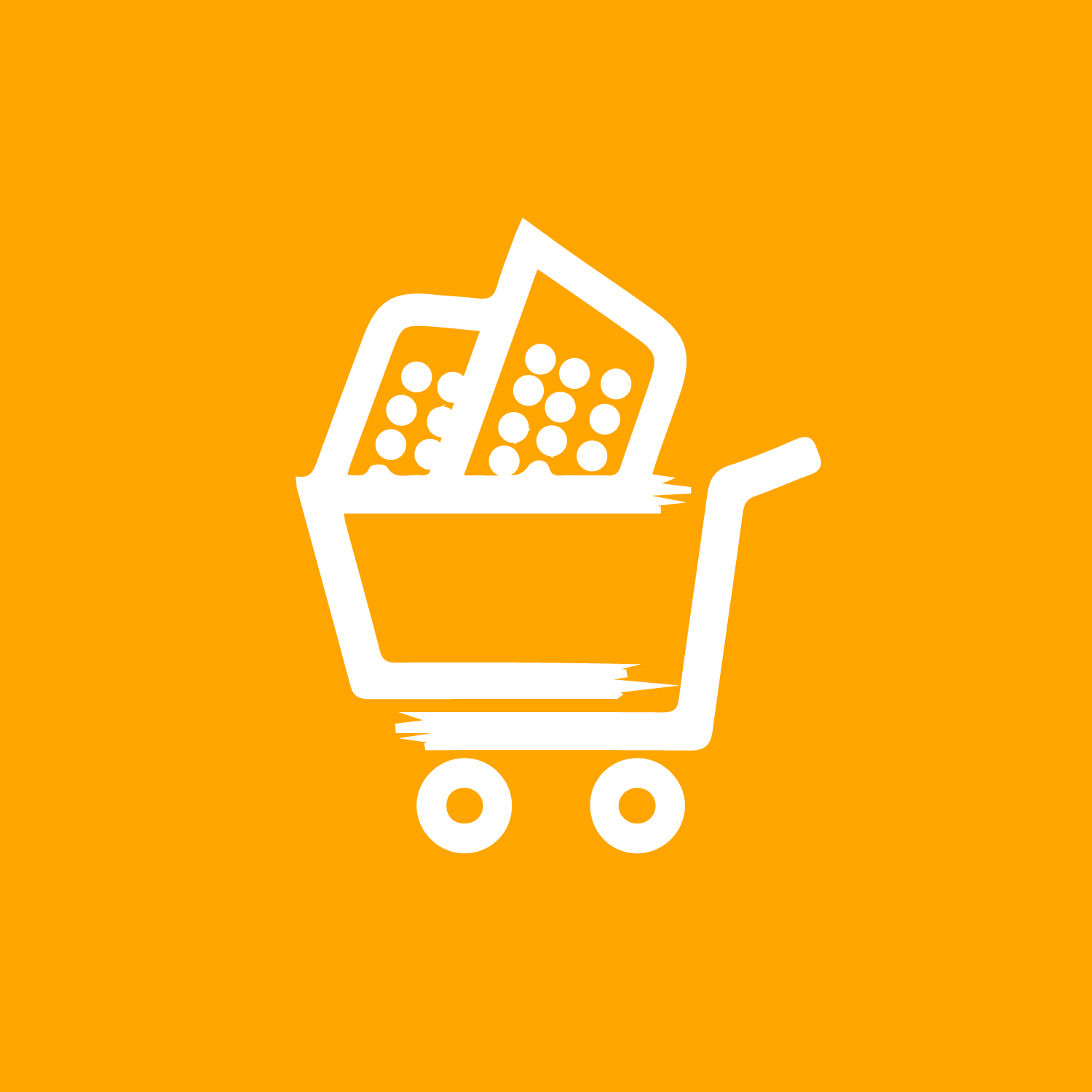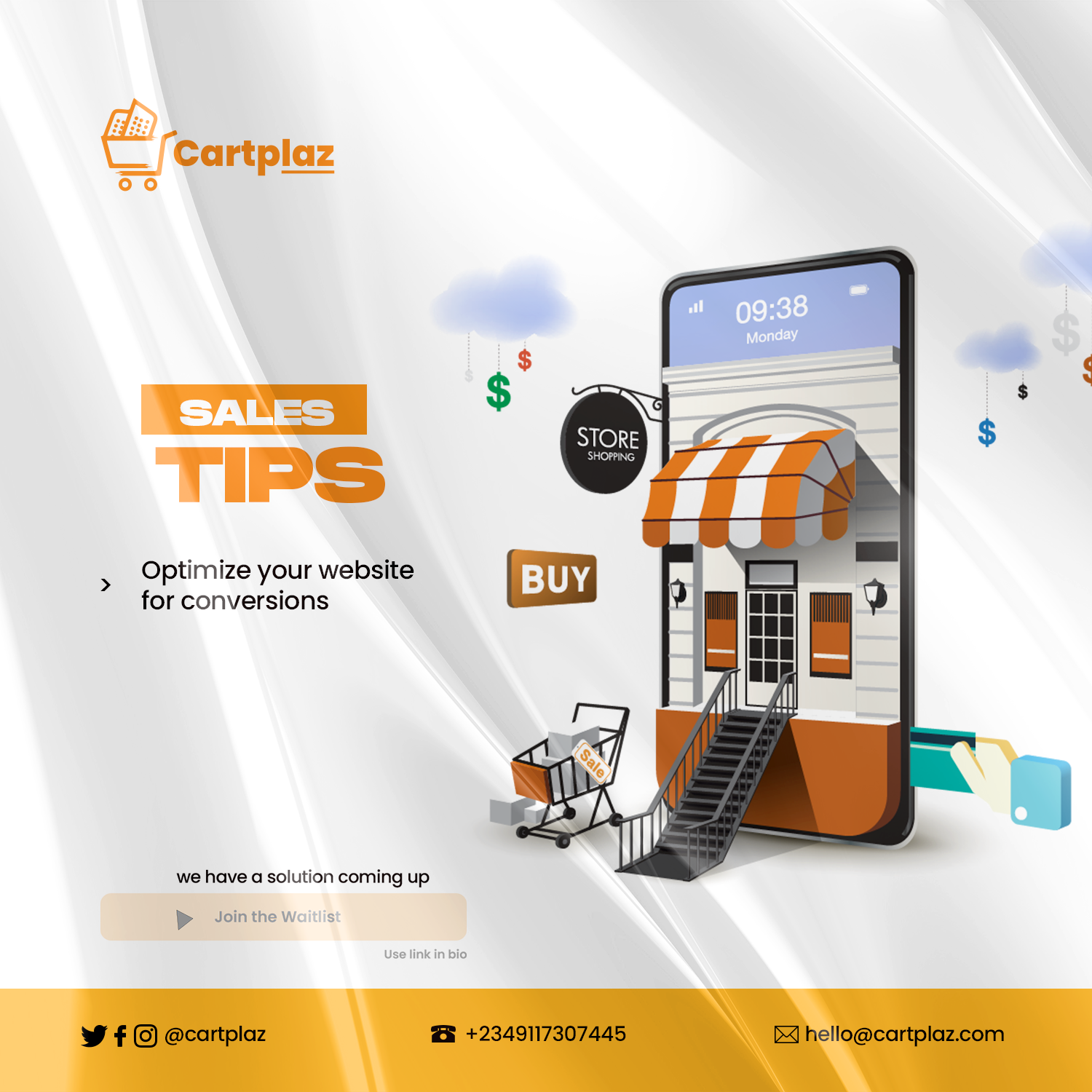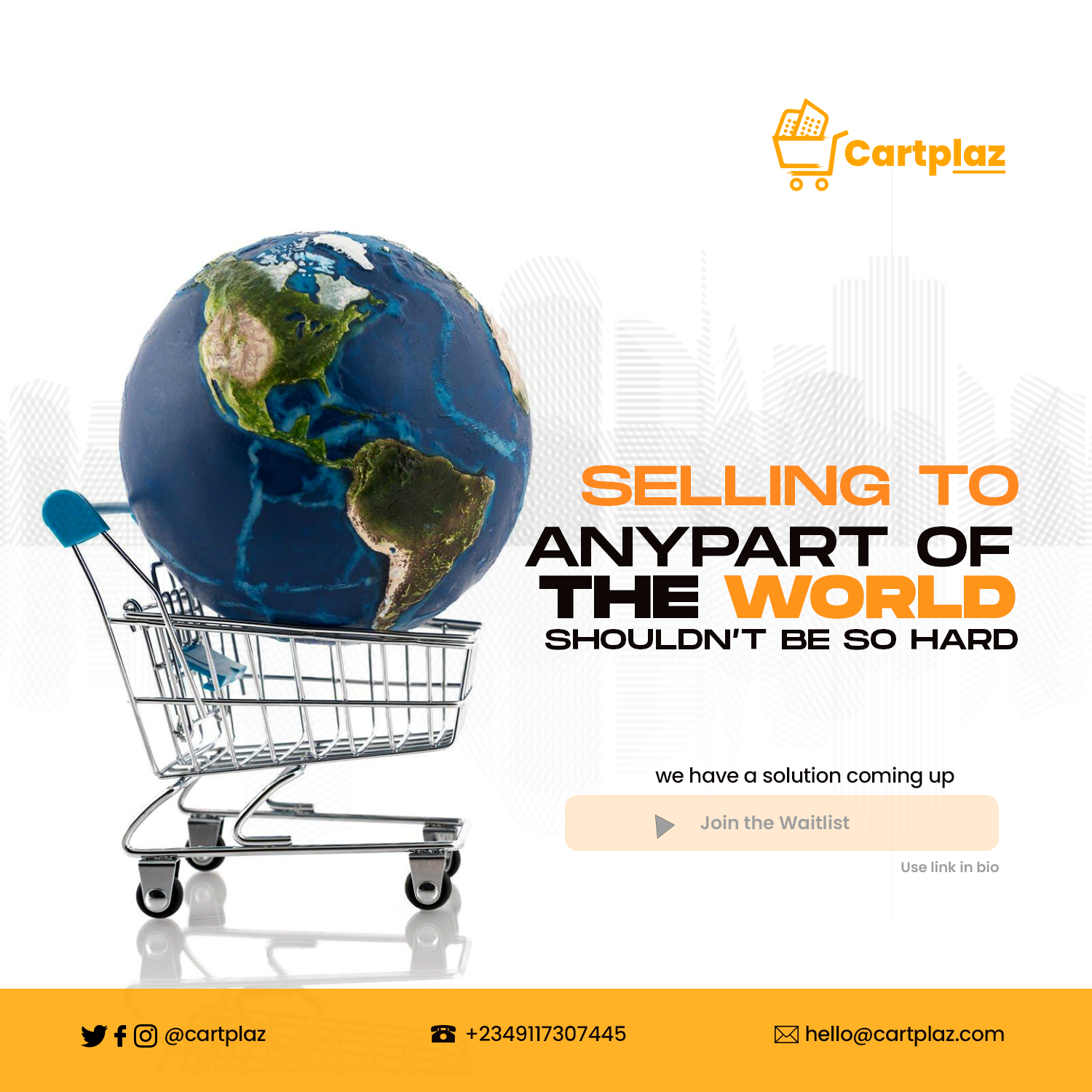5 Questions To Ask Yourself Before You Choose Your Final Design
Making the decision to hire a professional designer is not one you’ve taken lightly. It’s often a significant investment whether you’re a small or enterprise size business. While you have hired a professional for a reason and should be able to trust their opinions, you want to make sure that you are getting a design that is worth the money you pay for it and will be useful in helping you to generate leads, build loyalty and help you grow your business. To ensure you get the design you need for your business, here are some questions you should ask yourself before signing off on your final design:
1. Is it communicating the message effectively?
No matter the material – business card, flyer, webpage, email – you’ve commissioned this design for a purpose. When you get the design back from your designer you need to take a look at it and ask yourself “Does this effectively convey the message I want to be put across?” This is something you should be able to ascertain quickly. If you have to take some time to look at the design and figure out whether or not it is effectively communicating your message, chances are it’s not. While the aesthetics of the design are important, its purpose is more so. If viewers can’t easily understand what action you want them to take after viewing the design, you will get little or no engagement from it. If the design is serving its purpose, you will only have to glance at once to think ‘Yes, that clearly conveys my message.”
2. Will it resonate with my audience?
When starting out your design, your designer should have asked you “Who is the intended target audience?”. This will likely be your customer base, and you should have a pretty good understanding of who they are and what they want, and have given this information to your designer so they can create a more effective design. For your design to resonate with your audience, it needs to communicate with them in a way that will resonate with them the most. For example, if your audience is young children’s you will want bright colours, illustrations etc. but if your audience is B2B finance, you will want it to appear serious and trustworthy using modern design.
3. Is it engaging?
Does the design immediately grab your attention? No? Then why would it catch the attention of your audience? There is far too much content, advertising and design out there that many people have become numb to it, scrolling right past it in their browser, inbox or newsfeed. Your design must be high quality, add value and stand out to grab your audience’s attention. If the design you are given isn’t all these things, then you need to go back to the drawing board.
4. Can your designer justify their design choices?
A designer should always be able to explain why they have chosen to go at a design a certain way – why they picked certain fonts, colours and images and copy. If you have a concern about a specific element of the design, your designer should immediately be able to put your mind at ease, explaining why they went about it in the way they did. Remember, you chose to hire a professional designer for a reason – because they are a professional. They may have gone about the design in a way you don’t entirely agree with, but you should trust their expert opinion as long as they can back up their reasoning.
5. Have they done A/B testing with the design?
A/B testing is the process of offering two (0r more) different creative approaches / layouts to test which has the best reaction. While A/B testing is not necessary with all design work, for some larger projects, if you’re investing a lot of money you want to know that the best design possible is going out. This does not mean in terms of aesthetics or innovation but in terms of achieving goals. A/B testing helps you avoid unnecessary risks by allowing you to ascertain which design will be most effective and bring you the best ROI before you put it out. Whether your goals are based on short-term conversions, long-term customer loyalty or metrics, having multiple designs for a campaign and A/B testing them is the best way to ensure you get a good return.





